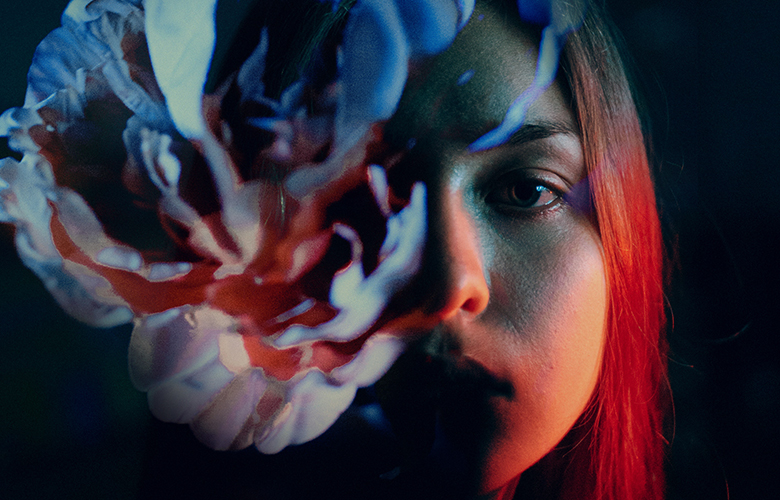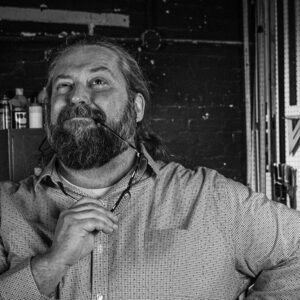
Those of us in the arts have always known that being creative is a fundamental part of development. That as we grow, we develop ways of communicating with different people for different reasons and in different ways. We develop a sense of our audience and our self. This can become lifelong training for artists, who must learn to embody other frames of mind and empathize on a deep level in order to impart a necessary emotional experience to an audience. Arts students are experiential learners and must foster their creations through problem solving, observation, and research.
In contrast, engineering students might not necessarily be encouraged to examine their relationship to the problem at hand and the influence their beliefs and values have on the processes and products of their labor. Developing the crucial link between what we do and who we are through education in the arts enriches notions of creativity and innovation that are already present in engineering and science, and better prepares students to use creativity and innovation to tackle the complex challenges of creating, especially in today’s COVID-19 world. Creative thinking is needed to comprehend concepts like deep space exploration, microbiology and biomechanics.
The complex systems of the mind and universe, artificial intelligence, multi-dimensional thinking, these cannot be fully expressed in words. Only those who can tap into an innate ability to create can produce representations to educate the rest of us. We cannot understand the now without a representation of it; artists allow us to see ourselves and where we are in relation to where we have been, and ultimately where we are going. Whether we call it art, creativity, invention, or innovation, we cannot have insight into the future without an appropriate appreciation for the past and present.
Innovation is a process of error correction, and creativity is the process of processing that error correction. The smaller the disciplinary frames of reference that guide one’s problem solving the more they restrict, confine, or box-in one’s ability to see other possibilities.
Creativity education establishes thinking processes across disciplines, across silos, across boxes. It supports learners’ development of transdisciplinary thinking and organizational principles, the ability to identify context, and, most importantly, the ability to change perspective. Innovation education and the process of critique, the postmortem, and self-evaluation develops the practice of self-analyzing and reflection both individually and as teams. Learners begin to synthesis content and establish cognitive dispositions from multiple disciplines to produce something more than an art presentation or an engineering report. Instead, the work transcends both and becomes greater than the sum of its parts, existing in a third space, a hybrid of content through engineering and art collaboration.
Gone are the days when fear that integrating Art into Science, Technology, Engineering, and Math (STEM) curriculum would dilute an art education or that art educators would be treated as technical advisors and not creative thinkers. STEM fields already use theatre, dance, film, animation, and environmental immersion for explanatory purposes; the arts help non-scientists visualize abstract concepts and processes. Interdisciplinary performance research and improvisational performance education assist STEM researchers in communicating more effectively.
The rise of the creative class has always been an indicator of a society’s vitality, and the efficacy of educating society through theatrical production is proven. Theatre for social change can be employed to stimulate awareness, understanding, and activism. Artists assist medical professionals to develop empathy and interpersonal skills, emergency managers develop creative solutions and training scenarios that don’t involve collateral damage, and astrophysicists explain the universe to children. Creative technicians are building and running vaccination centers like a production. The arts are a tool in society’s arsenal. We learn through doing as well as instruction. Whether the relationship is Scientist/Engineer, Designer/Technician, or Chef/Farmer, we all have a social and fiduciary responsibility to collaborate to improve society. Without creativity and innovation in our classrooms, we cannot expect to have a society of engaged citizens with the foresight to improvise and adapt to an ever changing world, whether the change be natural or human-caused.
Great thinkers have always embraced the connections between scientific advances and humanistic inquiry and have known that tacit knowledge and artistic creativity are essential to human flourishing. Creative production is intellectual inquiry. The personal pocket prosceniums and production studios we all carry are allowing us and our audiences to experience art, entertainment, and edutainment on our own terms. We need a collaborative, educated, empathetic audience to survive as artists and as a society and become a society of artists.
Discover Your Why and Diversify: Advice for Artists


Mike began his life in theatre as a performer, earning a BFA in Acting from Adelphi University in 1999. At Adelphi, he discovered his love of fostering and developing the creative visions of others and shifted his focus backstage. He has been a stagehand, scenic carpenter, and theatre technician ever since. For over 20 years, he worked on Off-Broadway and Broadway shows, cruise ships and corporate events, and in various scenic shops and venues in New York City and Lancaster County, Pennsylvania. He is currently the Entertainment Technology Manager for the Entertainment Technology program in the Communications and Theatre Department at Millersville University and is completing a Master of Science in Technology and Innovation from Millersville University in May 2021. He lives in PA with his beautiful wife Courtney and incredible daughters Penny and Tallulah. He hopes to continue to help facilitate creativity in theatre, art and life and lives by a simple mantra: “First, I honor life, and with it, my life in the theatre.”
Read Full Profile© 2021 TheatreArtLife. All rights reserved.

Thank you so much for reading, but you have now reached your free article limit for this month.
Our contributors are currently writing more articles for you to enjoy.
To keep reading, all you have to do is become a subscriber and then you can read unlimited articles anytime.
Your investment will help us continue to ignite connections across the globe in live entertainment and build this community for industry professionals.